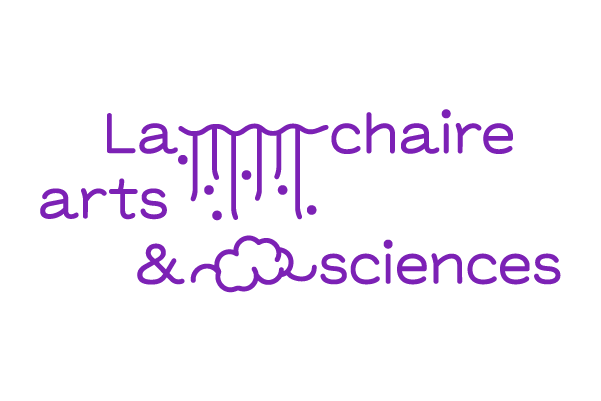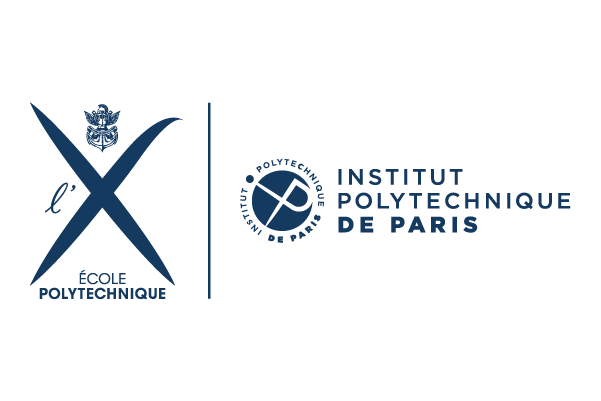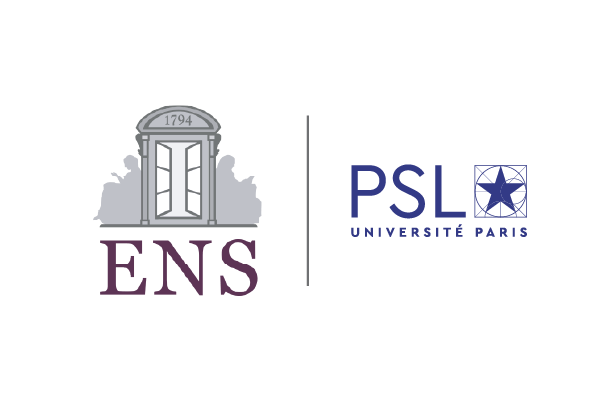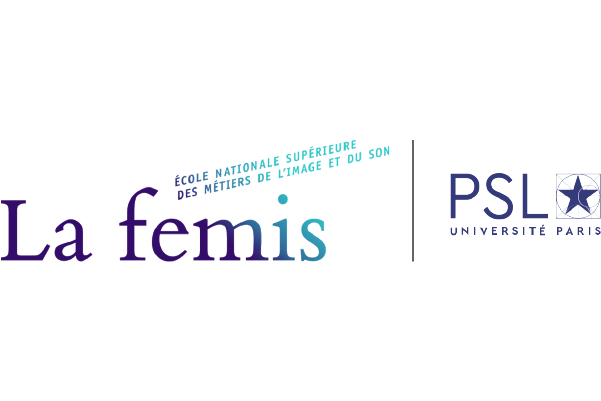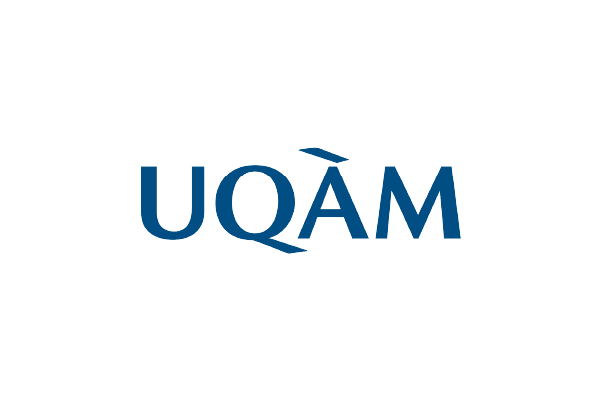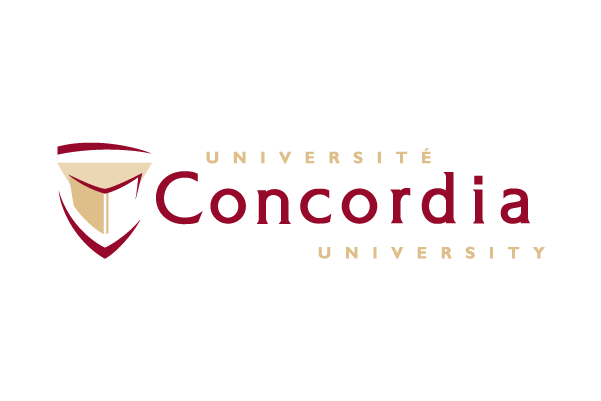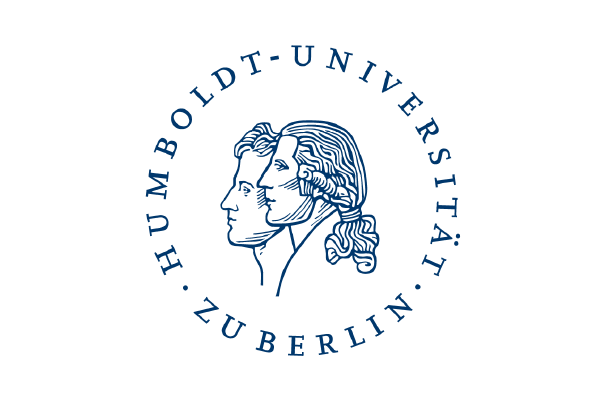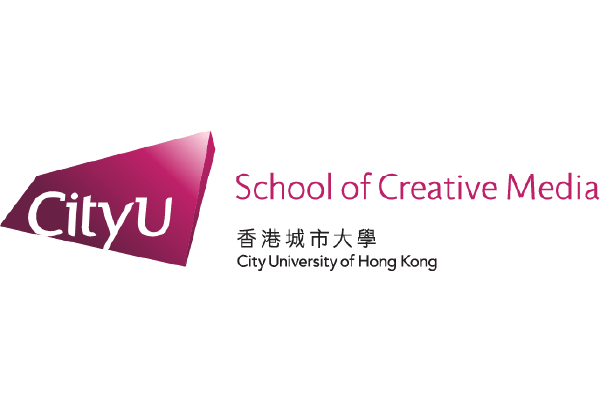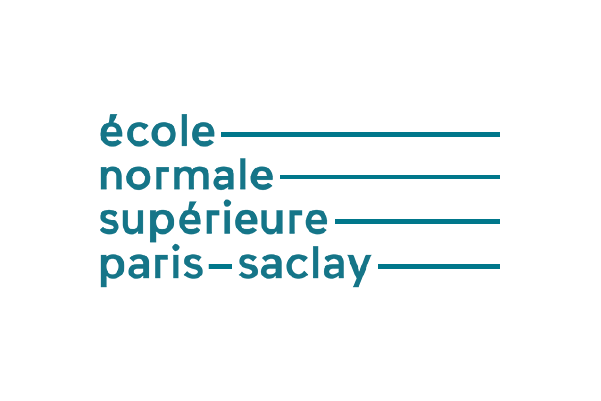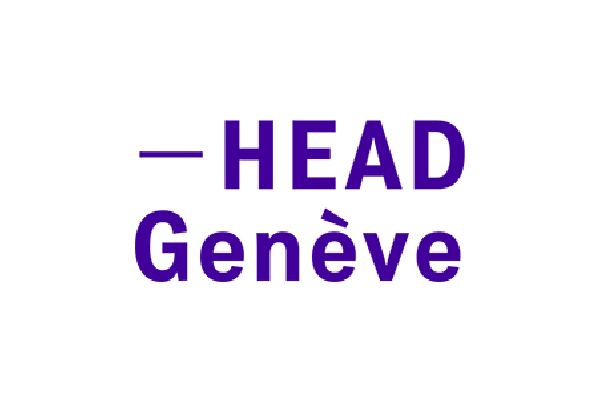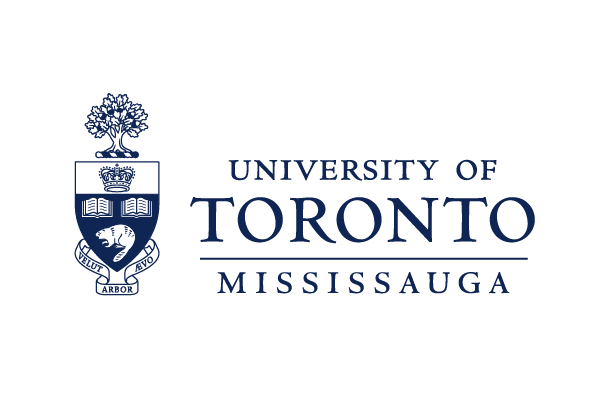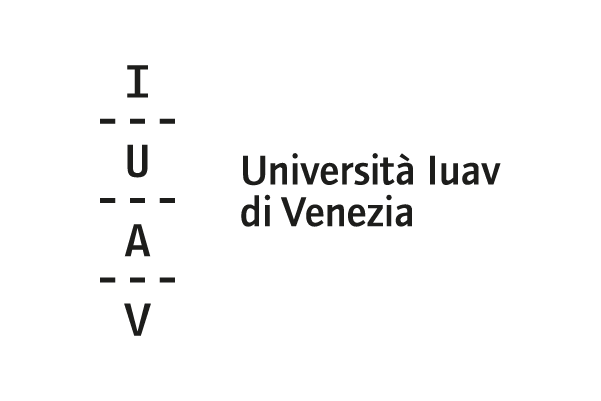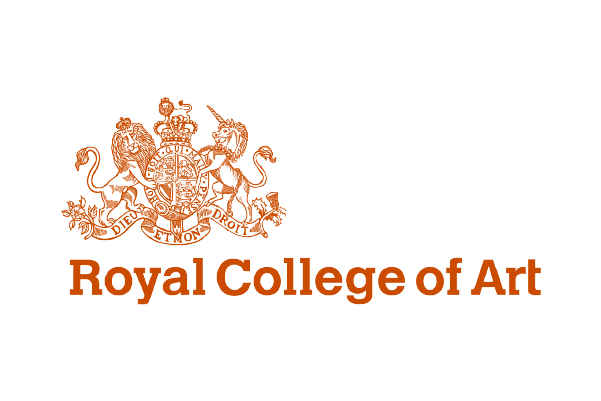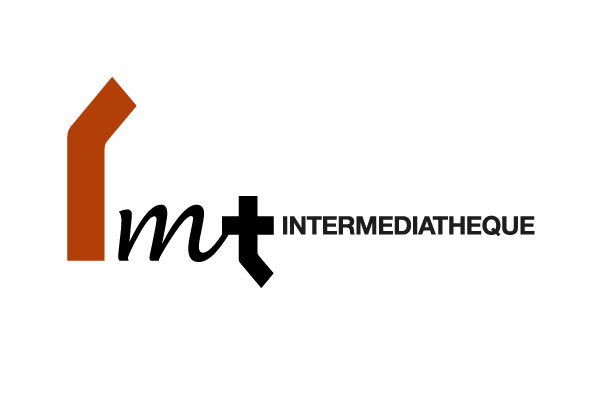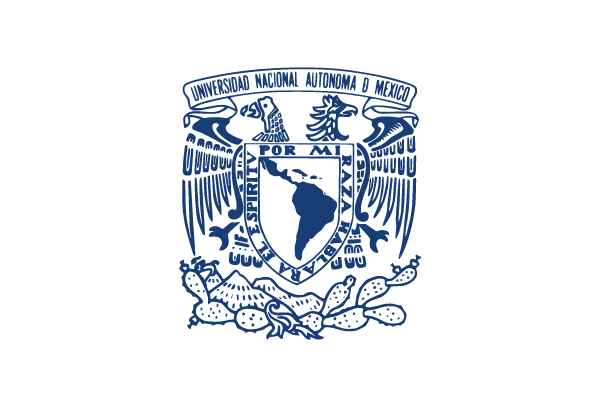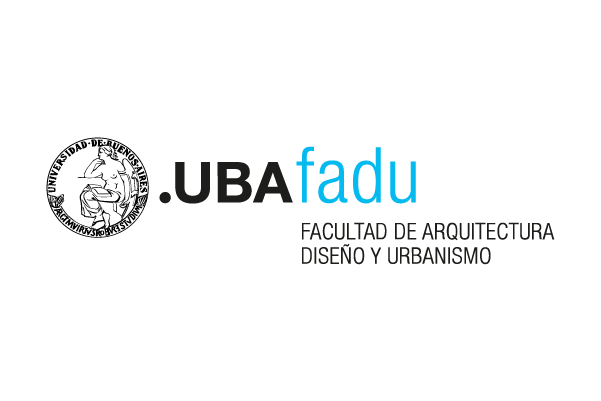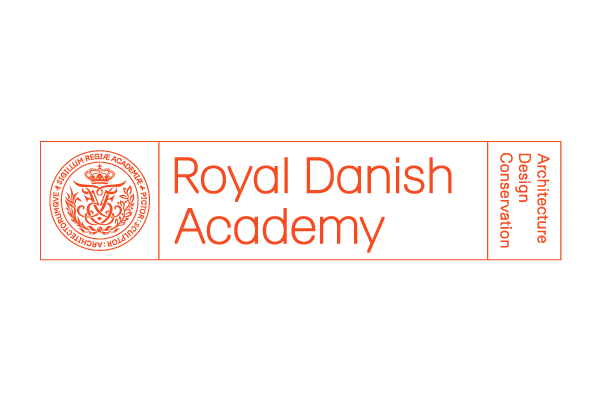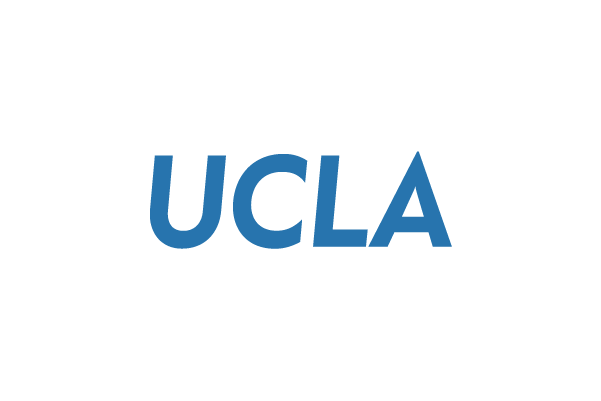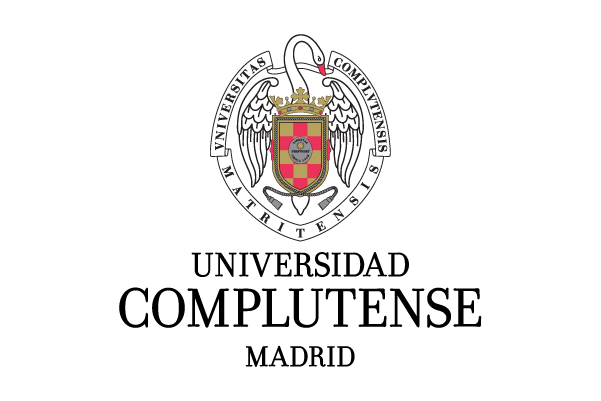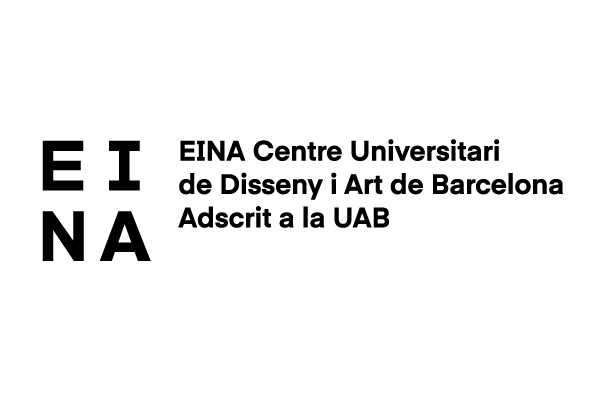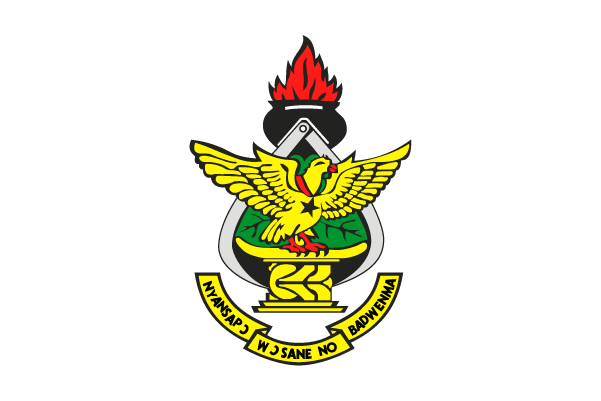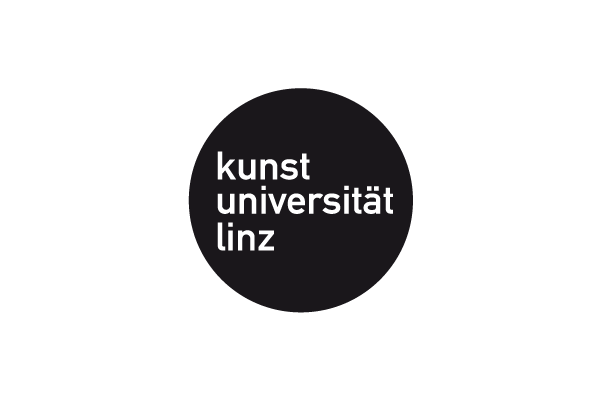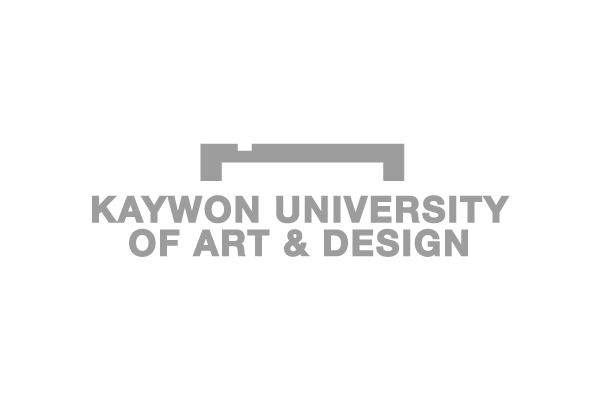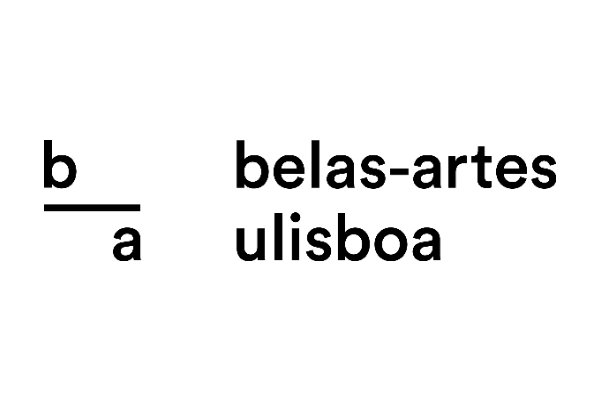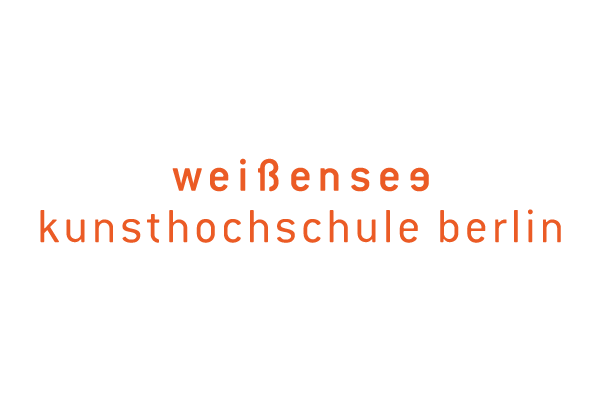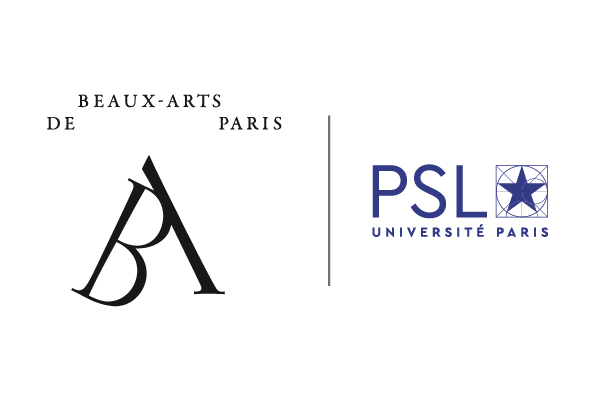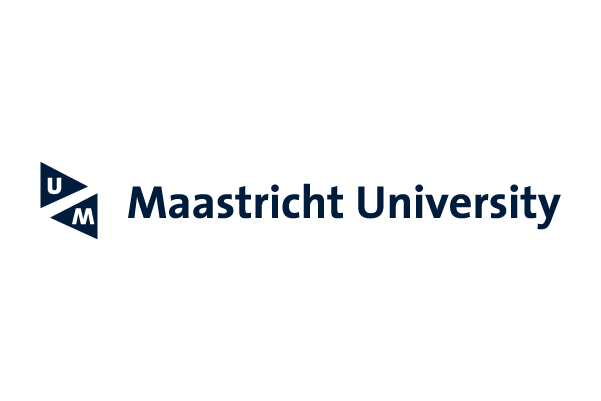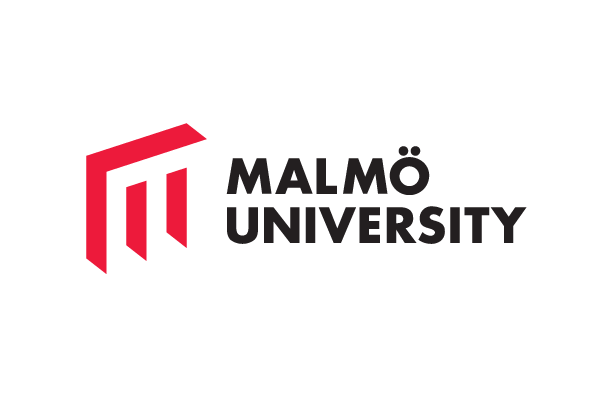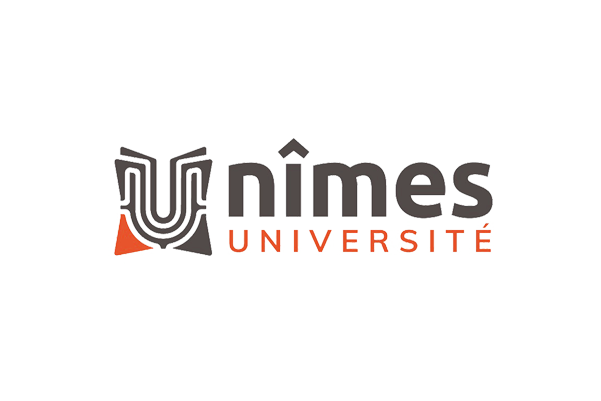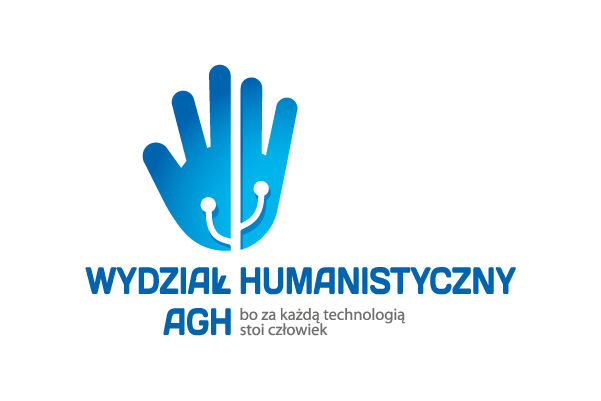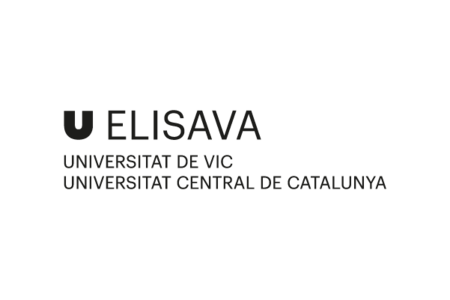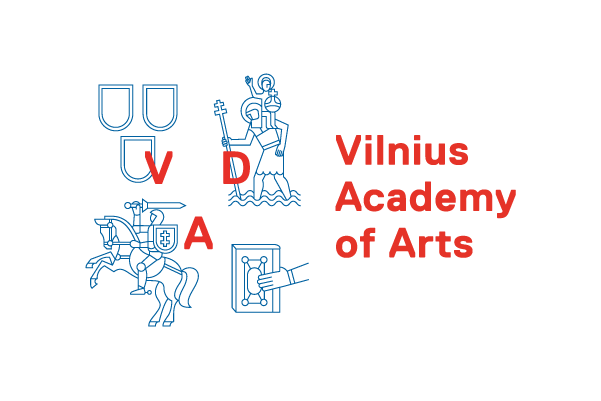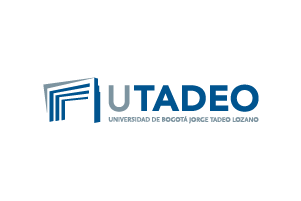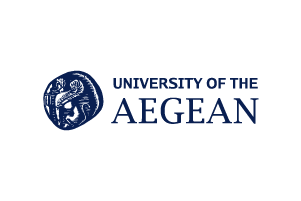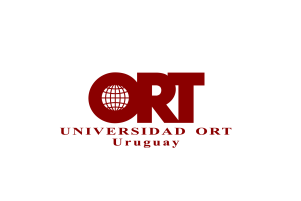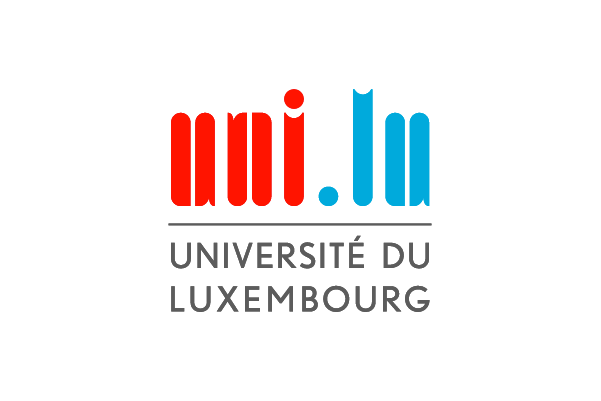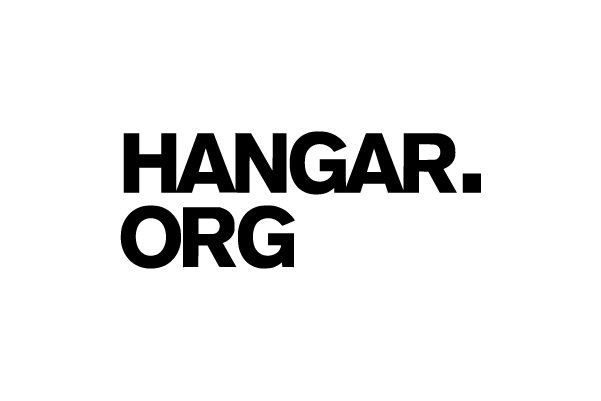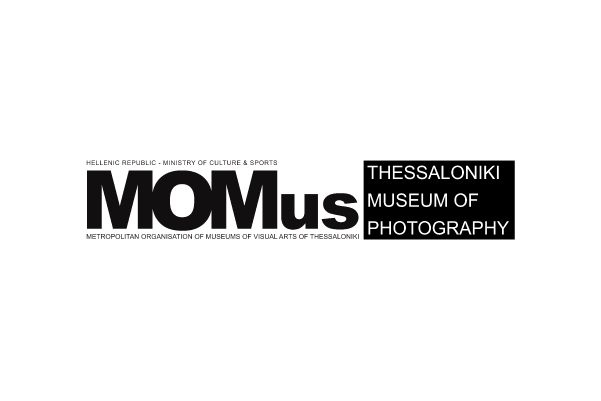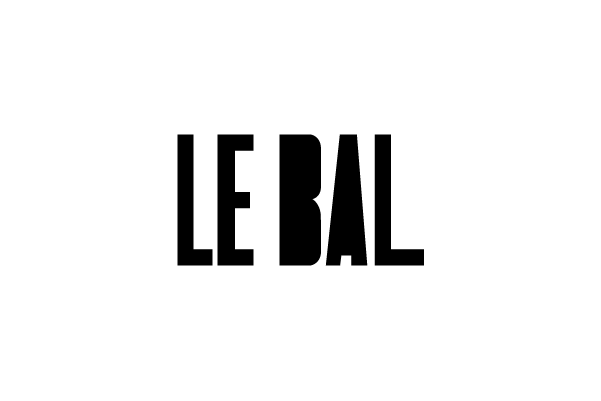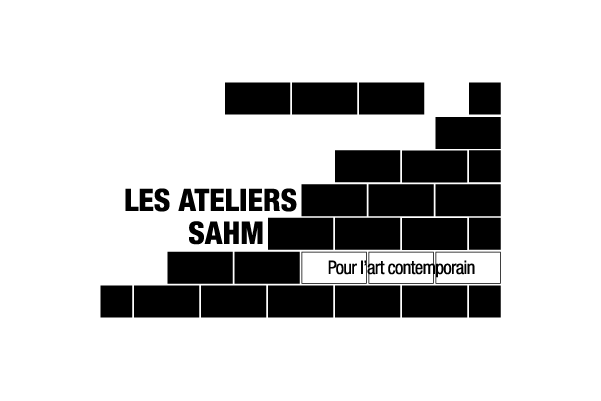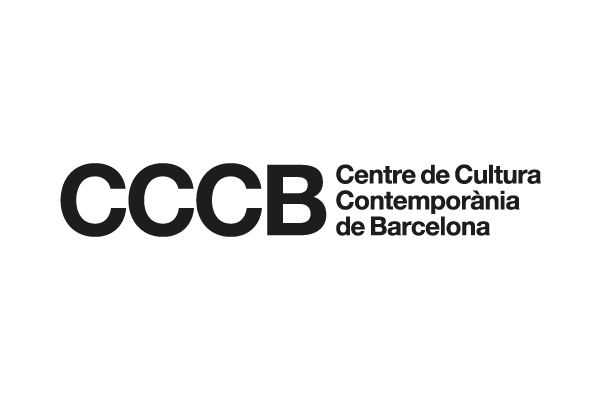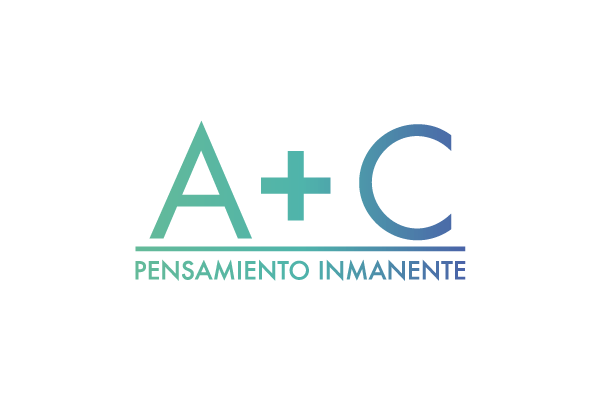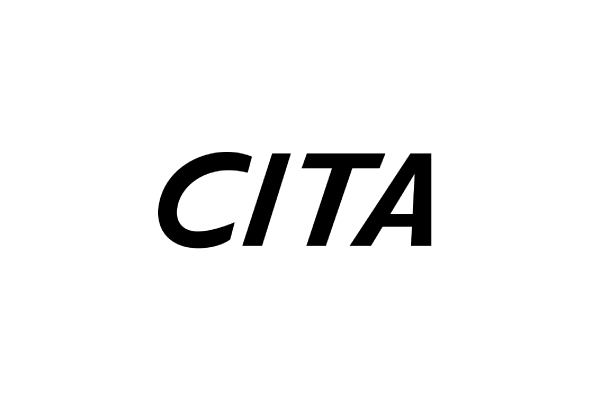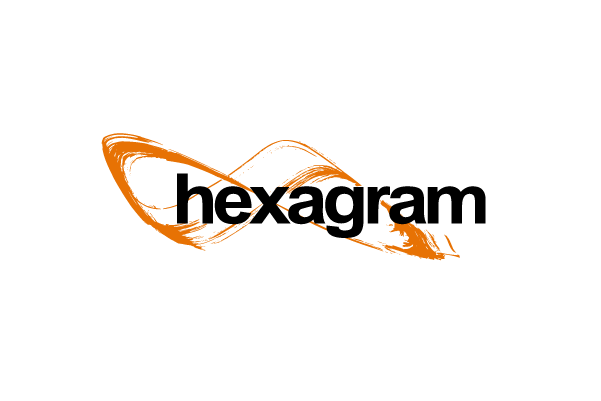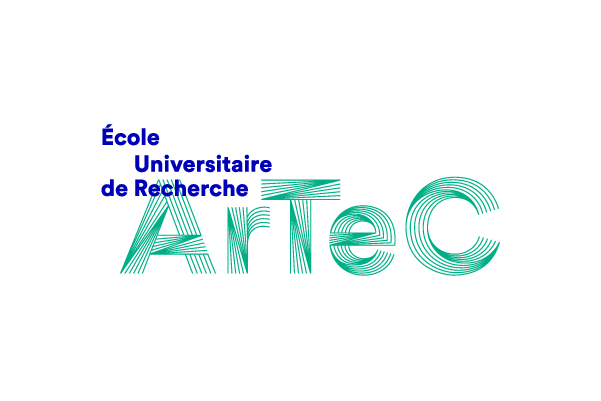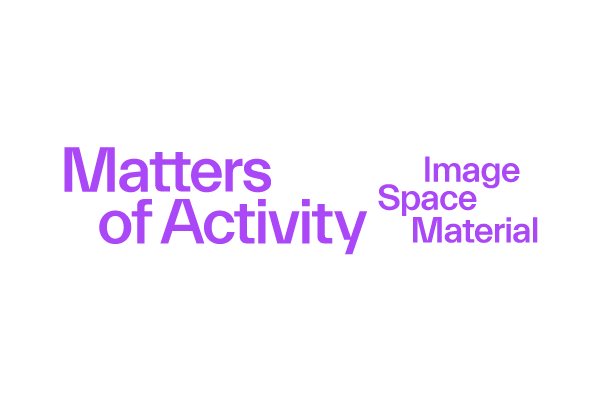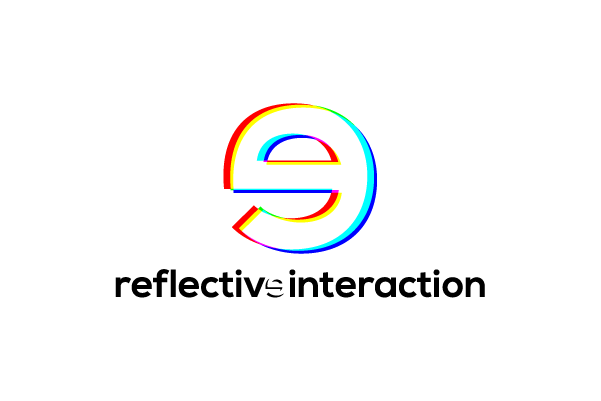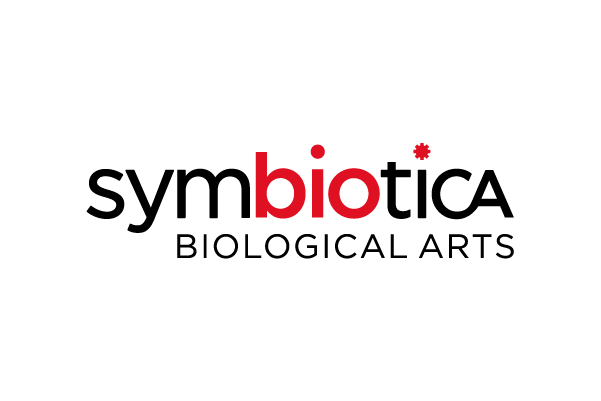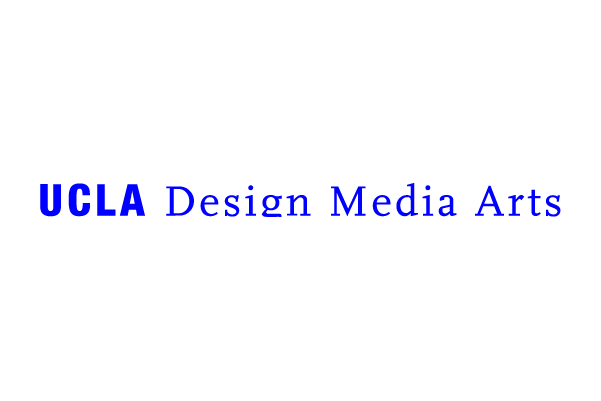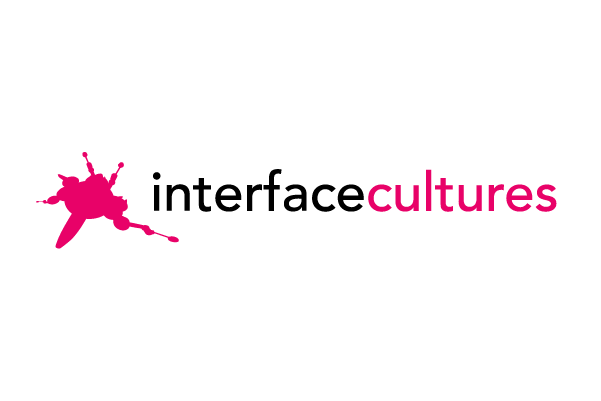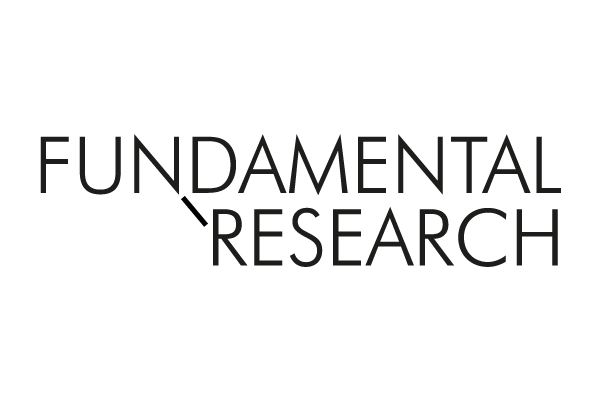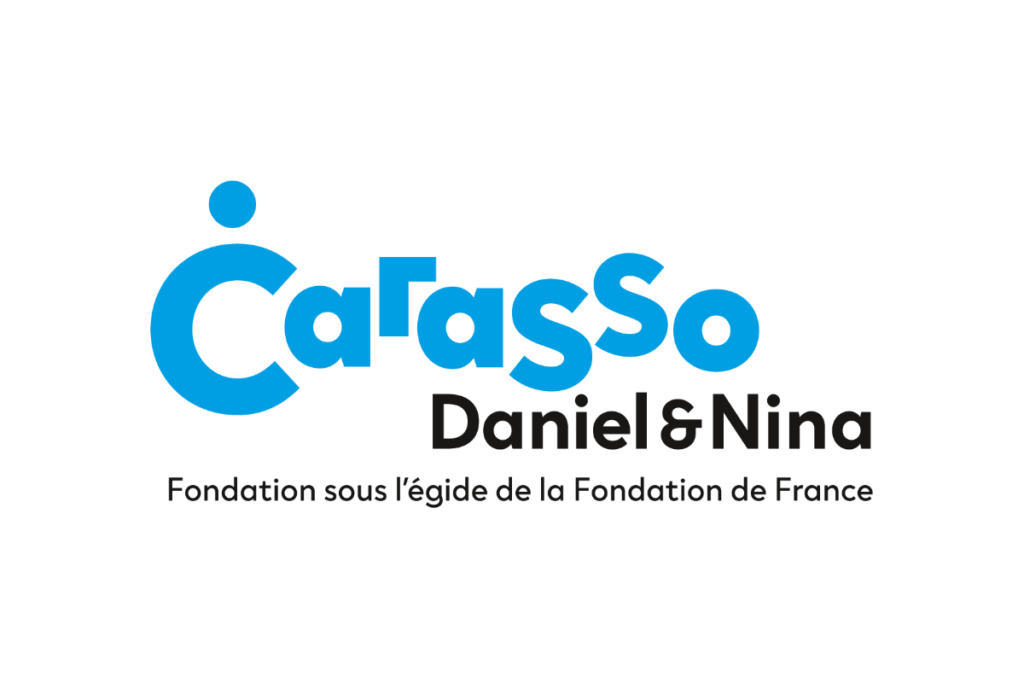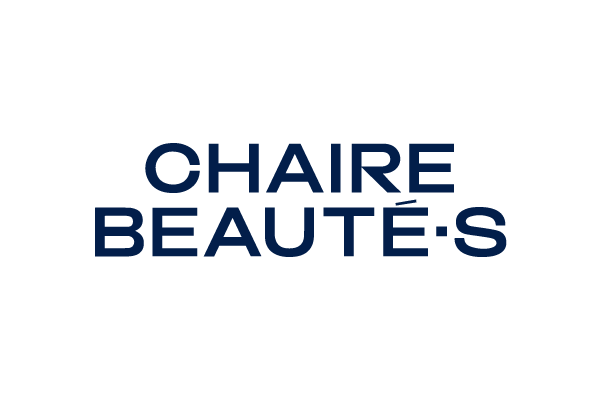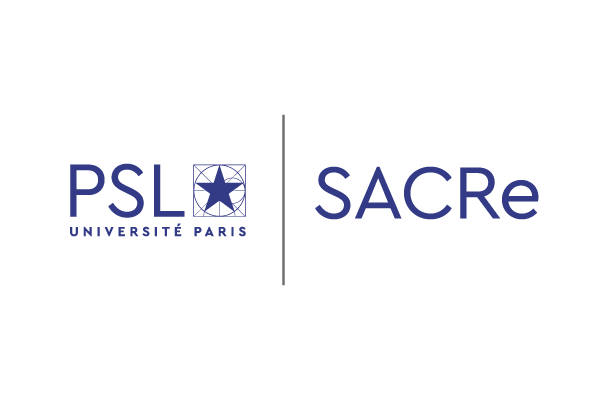
an image-based multi-platform journal at the intersection of art, design, and sciences
Today, research in art and design is flourishing. Firmly rooted in practice, this new approach is positioned at the intersections of art, design, and the sciences, responding to the complexities of contemporary society and environmental concerns.
Sensory perception is at the center of practice-based research, and thus at the heart of .able. A peer-reviewed journal exploring the full potential of multimedia and multi-platform publishing, .able’s aim is to deliver visual essays to the academic sphere and beyond, to bring this research and creation to as wide an audience as possible.
an academic journal publishing visual essays
.able offers in-depth studies by means of the visual essay in all its potential forms. A peer-reviewed international journal, .able is conceived for interdisciplinary teams developing innovative approaches to practice-based research. These teams are invited to produce image-based explorations, analyzing elements such as the forms, methods, processes, results, and instruments they collaboratively bring into play in their artistic and scientific research.
Whether films, animations, photographs, architectural renderings, storyboards, diagrams, photonovels, data visualizations, comic strips, or scientific documents, the aim of publishing these visual essays is to make a lasting contribution to scholarly areas that are not served by traditional distribution channels. As an image-based journal, the journal’s graphic design and the visual quality of its contributions are of central importance. With its focus on the visual, .able has the potential to reach a much wider audience than the circles of researchers already invested in the subject.
a multi-platform distributed system
We address our journal to all our peers, local and international in the fields of art, design, science, technology, the social sciences and humanities, education, academia, and publishing but also to the intellectually curious reader we don’t know, who may find the visual essay an engaging entry to scholarly thought and practices.
Because publishing makes public, we conceived .able as a multilingual digital publication free of charge and accessible through as many platforms, media, and devices as possible. .able’s editorial modalities both exploit and foil the fragmented modes of reading prevalent today, in which we tend to jump from one media and/or device to another. Using a distributed system allows contributions to appear on diverse platforms, from popular social networks to specialized academic distribution services, and of course on our own platform.
In an open science approach, .able journal is an open-access publication with no login necessary and without DRM. In accordance with W3C (World Wide Web Consortium) standards, .able employs HTML5, JavaScript, CSS, CSS Print, media queries.
a never-ending single issue
.able is conceived as a single never-ending issue that is updated with every new contribution. Content is indexed, allowing readers to discover correlations between contributions, and to compose their own issues, to save, export, or print them, a powerful tool for researchers, teachers, lecturers, students, and the general public alike.
Built using responsive design and media, this system enables circulation across different devices, beginning with smartphones. Offering numerous entry points, the reading experience can continually grow and deepen. Readers can take a stratified approach, moving between media and devices, selecting projects, going in-depth into a subject, shifting to new perspectives. Focused on the visual, in .able text is ancillary, used only to ensure links with other academic publishing platforms (metadata) and citations of individual contributions to research.
a journal for co-publishing
As a visual medium, .able also positions itself as an original tool for co-publication: allowing the publication of visual essays complementary to texts published in other academic media, regardless of discipline.
This complementarity is materialized by reciprocal links and by partnerships with other journals that promote these co-publications.
a network of international institutions
Supported by a consortium of research and art & design institutions from every continent, .able has formed an international editorial committee to oversee a peer-review system that ensures both the scientific and artistic relevance of contributions.
For its editorial procedure, .able is introducing a new approach: editors propose a contributing team, participate in discussions surrounding the contribution, and facilitate production, thus taking on the role of catalyst, mediator, and producer, ensuring that there is a genuine dialogue between the arts and the sciences.
partners
.able is a project initiated by the Chaire arts & sciences (2017 – 2023) of the École Polytechnique, École des Arts Décoratifs – Université Paris Sciences & Lettres (PSL) and the Fondation Daniel et Nina Carasso. It has been developed by the Reflective Interaction Research Group of EnsadLab (the research laboratory of École des Arts Décoratifs), with primary support since 2024 from the Fondation Daniel et Nina Carasso, in France and Spain. Published by Actar Publishers, .able has been developed in partnership with the École Polytechnique (FR), École normale supérieure – PSL (FR), La Fémis – PSL (FR), Université du Québec à Montréal (UQÀM) and Concordia University within the framework of Hexagram Network (CA), the Humboldt-Universität zu Berlin within the framework of the Cluster of Excellence Matters of Activity (DE), the School of Creative Media – City University of Hong Kong (HK), École normale supérieure Paris-Saclay – La Scène de recherche (FR), HEAD – Genève, Haute École d’art et de design (CH), the University of Toronto Mississauga (CA), IUAV University of Venice (IT), the Royal College of Art (UK), the University of Western Australia (AU), the Intermediatheque (the University Museum, the University of Tokyo) (JP), National Autonomous University of Mexico – Research and creation Group Arte+Ciencia (MX), Facultad de Arquitectura, Diseño y Urbanismo – Universidad de Buenos Aires (AR), the Royal Danish Academy – Architecture, Design, Conservation (DK), the University of California, Los Angeles, within the framework of UCLA Design Media Arts (US-CA), the Faculty of Fine Arts, Complutense University of Madrid (ES), EINA University School of Design and Art of Barcelona within the framework of EINA Idea (ES-CT), Kwame Nkrumah University of Science and Technology (GH), the University of Art and Design Linz, within the framework of Interface Cultures (AT), Kaywon School of Art and Design (KR), the Faculty of Fine Arts of the University of Lisbon (PT), weißensee academy of art, Berlin (DE), New York University (US-NY), Beaux-Arts de Paris – PSL (FR), Fundamental Research (BE) & Maastricht University (NL), School of Arts and Communication, Malmö University (SE), the Universidade de Brasília (BR), the Université de Nîmes (FR), the Faculty of Humanities of the AGH University of Krakow (PL), Elisava Barcelona School of Design and Engineering (UVic-UCC) (ES-CT), Vilnius Academy of Arts (LT), ALUO, Academy of Fine Arts and Design of the University of Ljubljana (SI), UTADEO, Jorge Tadeo Lozano University of Bogota (CO), the University of the Aegean (GR), the Faculty of Design of the Universidad ORT Uruguay (UY), the ESPCI – PSL in the framework of ESPGG (FR), CCCB Centre de Cultura Contemporània de Barcelona (ES-CT), Red ACTS Art, Science, Technology and Society Network supported by the Fondation Daniel et Nina Carasso and the network nodes (ES), and the University of Luxembourg (LU).
with:
artistic and cultural partners:
associated research labs, groups, networks, clusters…:
with the main support of:
with the support of:
board & team
editor-in-chief
Samuel Bianchini
EnsadLab
École des Arts Décoratifs – PSL University (FR)
board
Susana Arias
CCCB Centre de Cultura Contemporánia de Barcelona (ES-CT)
Tere Badia
Hub d’Art, Ciència i Tecnologia de Barcelona
Red ACTS, Art, Science, Technology and Society Network (ES)
Juanita Bagés Villaneda
Faculty of Fine Arts
Complutense University of Madrid (ES)
Ulysse Baratin
La Scène de recherche
École normale supérieure Paris-Saclay (FR)
Damien Charrieras
School of Creative Media
City University of Hong Kong (HK)
Uršula Berlot Pompe
ALUO, Academy of Fine Arts and Design
University of Ljubljana (SI)
Marie-Pier Boucher
University of Toronto Mississauga (CA-ON)
Manuel Cirauqui
EINA Idea
EINA University School of Design and Art of Barcelona (ES-CT)
Caro Curbelo
Faculty of Design
Universidad ORT Uruguay (UY)
Ricardo Devesa
Actar Publishers (ES-CT)
Jean Dubois
École des arts visuels et médiatiques
Hexagram Network
Université du Québec à Montréal (CA-QC)
Delfina Fantini van Ditmar
Royal College of Art (UK)
Emmanuel Fort
ESPGG
ESPCI Paris – Université PSL (FR)
Charles Frimpong
Kwame Nkrumah University of Science and Technology (GH)
Klaus Fruchtnis
Fondation Daniel et Nina Carasso (FR)
Beatrice de Gelder
Fundamental Research (BE)
Maastricht University (NL)
María Antonia González Valerio
Arte+Ciencia, School of Philosophy and Letters
National Autonomous University of Mexico (MX)
Lucile Haute
Université de Nîmes
EnsadLab – École des Arts Décoratifs – Université PSL (FR)
Maria Hellström Reimer
Malmö University, School of Arts and Communication (SE)
Julie Héraut
Le Bal (FR)
Karen Holmberg
Gallatin School of Individualized Study
New York University (US-NY)
Ariane Hudelet
Université Paris Cité (FR)
Alice Jarry
Milieux Institute Speculative Life Biolab
Hexagram Network
Concordia University (CA-QC)
Philippe Lacour
Universidade de Brasília (BR)
Harlan Levey
Fundamental Research (BE)
Felipe Londoño
Universidad Jorge Tadeo Lozano
International Image Festival (CO)
Peter Lunenfeld
UCLA Design Media Arts
University of California, Los Angeles (US-CA)
Luisa Maria Lopes Ribas
Communication Design Department
Faculty of Fine Arts of the University of Lisbon (PT)
Claudia Mareis
Cluster of Excellence “Matters of Activity”
Humboldt-Universität zu Berlin (DE)
Anthony Masure
HEAD – Genève, Haute École d’Art et de Design (CH)
Vytautas Michelkevicius
Vilnius Academy of Arts (LT)
Angela Mengoni
Iuav University of Venice (IT)
Manuela Naveau
Department of Interface Cultures
University of Art and Design Linz (AT)
Pierre-Manau Ngoula
Les Ateliers Sahm (CG)
Étienne Ollion
CNRS – École polytechnique (FR)
Anna Olszewska
Faculty of Humanities
AGH University of Krakow (PL)
Kei Osawa
Intermediatheque (the University Museum)
University of Tokyo (JP)
Roger Paez
Elisava Research
Elisava Barcelona School of Design and Engineering (ES-CT)
Kyriakoulakos Panayiotis
Department of Product and Systems Design Engineering
University of the Aegean (GR)
Hercules Papaioannou
MOMus – Thessaloniki Museum of Photography (GR)
Homero Pellicer
Facultad de Arquitectura, Diseño y Urbanismo
Universidad de Buenos Aires (AR)
Emanuele Quinz
Université Paris 8 – Vincennes-Saint Denis (FR)
EnsadLab – École des Arts Décoratifs – Université PSL (FR)
Mette Ramsgaard Thomsen
The Royal Danish Academy – Architecture, Design, Conservation (DK)
Léa Saint Raymond
Observatoire des humanités numériques
École normale supérieure – PSL University (FR)
Patricia Ribault
weißensee academy of art, Berlin (DE)
Cluster of Excellence “Matters of Activity” Humboldt-Universität zu Berlin (DE)
Gian Maria Tore
University of Luxembourg (LU)
Barbara Turquier
La Fémis, École nationale supérieure des métiers de l’image et du son – Université PSL (FR)
Jinsang Yoo
Kaywon School of Art and Design (KR)
Clélia Zernik
Chaire Beauté(s) PSL – L’Oréal
Beaux-Arts de Paris (FR)
Ionat Zurr
SymbioticA
University of Western Australia (AU)
external reviewers
Consult the list of .able’s external reviewers
editorial and communications coordinator
Gwenaëlle Lallemand
editorial coordination and support for the Spanish-language development
Maria Ptqk
trilingual editorial and communications assistant
Laura González Ríos
multi-platform publishing advisor
Lucile Haute
Université de Nîmes
EnsadLab – École des Arts Décoratifs – Université PSL (FR)
experimental publishing advisor
Roger Malina
audiovisual advisor
Ariane Hudelet
web platform development
Pauline Augé
Web project manager
Alexandre Dechosal
Interaction designer and web developer
Bertrand Sandrez
Graphic designer
Maxime Foisseau
Web developer
Pierre Mourier
Web developer
translation
Tayssir Azouz, en > es; en > fr
David Ferré, fr > es
Monique Gross, fr > en
Marie Karas-Delcourt, en > fr
Mijo Miquel, fr > es; en > es
Marie Van Effenterre, en > fr
copy editing
Nolwenn Chauvin, fr
Bronwyn Mahoney, en
Anna Tetas Palau, es
journal conception
Samuel Bianchini, Julie Blanc, Alexandre Dechosal, Lucile Haute, Quentin Juhel, Gwenaëlle Lallemand.
With the support of: Ewen Chardronnet, Francesca Cozzolino, Pierre-Olivier Dittmar, Karine Duperret, Manuelle Freire, Frédéric Joulian, Sophie Krier, Anthony Masure, Robin de Mourat, Oussama Mubarak, Vincent Piccolo, Annick Rivoire, Jian-Xing Too, and Nolwenn Trehondart.
acknowledgments
Carlos Almela, Olaf Avenati, David Bihanic, Jean-Louis Boissier, Edith Buser, Lucía Casani, Jean-Marc Chomaz, Olivier Dauchot, Sandra Démoulin, Marion Desmares, Klaus Fruchtnis, Paul Girard, Camille Herody, Nadeije Laneyrie-Dagen, Emmanuel Mahé, Anastassia Makridou-Bretonneau, Marie-Stéphane Maradeix, Benoît Mounier-Saintoyant, Pepa Octavio de Toledo, Emanuele Quinz, Anneke Raskin, Julie Sauret, Emmanuel Tibloux, Sylvie Tissot, Frédéric Worms.
with the help of
Anna Acevedo, Elisa Adamon, Coraline Arena, Nora Djabbari, Léa Gastaldi, Laura González Ríos, Marie Macquet, Micol Mancini, Blanche Maret, Joséphine Mas, Hao Ni, Hissane Temmar, Daniel Uribe.
